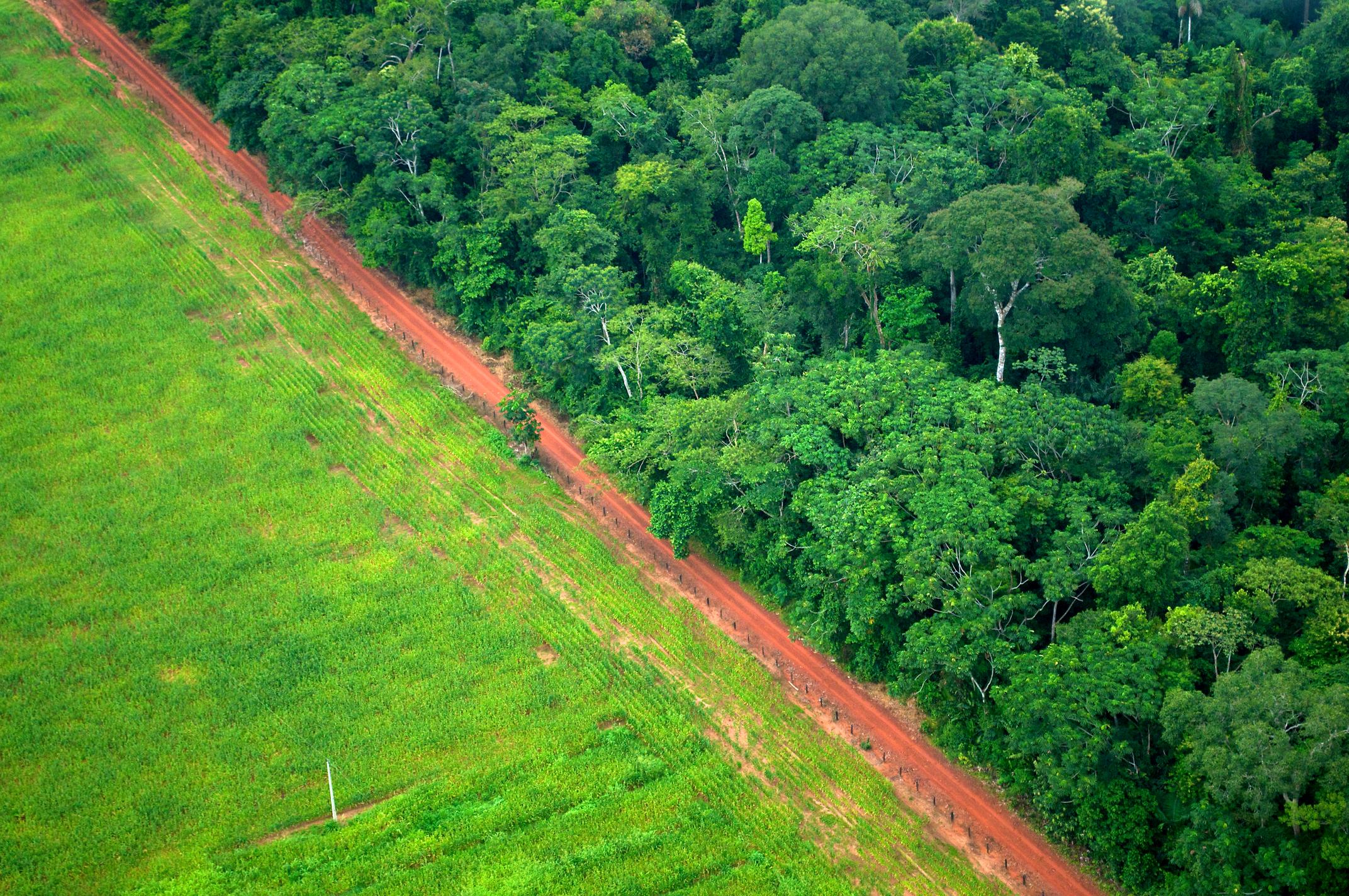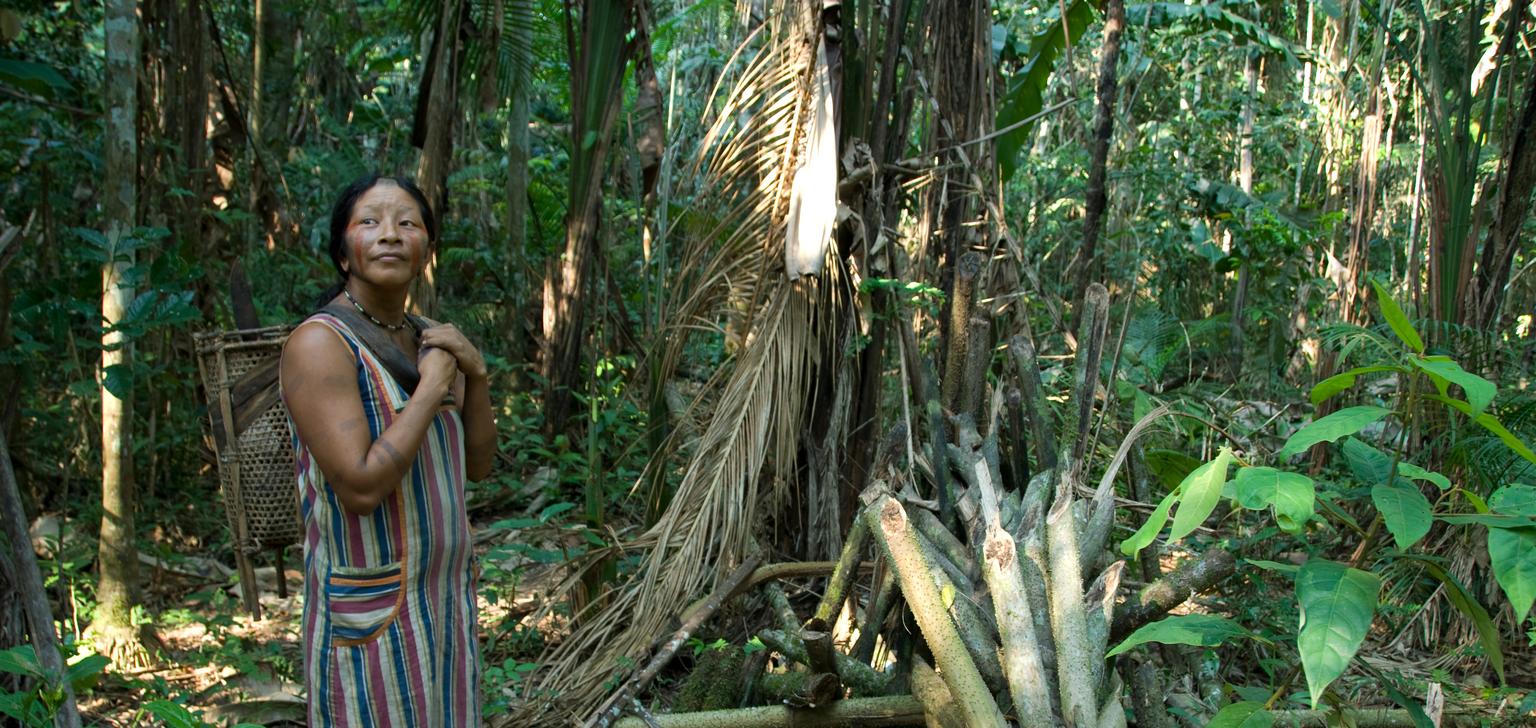
Agricultural expansion, illegal logging, mining and urbanization continue to drive deforestation around the world.
Globally, forests are under threat — large-scale efforts are needed to protect these ecosystems and the many benefits they provide.
Share these facts about deforestation:
One Belgium, every year
According to satellite data1,2, from 2002 through 2019, global tropical forest loss averaged 3.6 million hectares (9 million acres) a year — an area larger than Belgium.
Half gone
More than half the world’s tropical forests have been destroyed since the 1960s3, and tropical forests lost 10 percent more primary rainforest in 2022 than in 2021.4
Every minute
In 2022, the world lost 11 soccer fields worth of primary rainforest every minute.4
Brazil under siege
Between 2001 and 2022, Brazil lost 661,000 square kilometers (255,214 square miles) of tree cover — an area as big as the state of Texas — to deforestation.5
Forests fall in Ghana
With little primary forest remaining, Ghana saw a 71 percent rise in forest loss in 2022 — the highest proportion of any tropical country.4 Other countries with the largest loss of primary forests were Bolivia, Angola, Cameroon and Colombia.
90% due to agriculture
Agricultural expansion — such as cattle ranching, soy cultivation and oil palm plantations — drives 90 percent of deforestation worldwide.6

1.6 billion people
Deforestation impacts 1.6 billion rural people worldwide who rely on forests for their livelihoods3 — most live in extreme poverty.
33 million jobs
33 million people (about twice the population of New York) rely on the forest sector, both formal and informal, for their jobs. Each year, the forest sector generates more than US$ 1.5 trillion in global GDP.6
12% of emissions
Forests release carbon dioxide when they are cleared or burnt. About 12 percent of global greenhouse gas emissions come from deforestation7 — roughly equivalent to emissions from all the cars and trucks on Earth.
Increasing pressure
By 2050, the global demand for food could double. Using existing farmland more efficiently could feed more people without clearing additional forests and wetlands.8
Related content
References
- Global Forest Watch. Global Primary Forest Loss. Retrieved March, 2020, from https://www.globalforestwatch.org/dashboards/global
- Weisse, M. and Goldman, E.D. (2020, June 2). We Lost a Football Pitch of Primary Rainforest Every 6 Seconds in 2019. World Resources Institute. https://www.wri.org/blog/2020/06/global-tree-cover-loss-data-2019
- International Union for Conservation of Nature. (2021, February). Deforestation and forest degradation. https://www.iucn.org/resources/issues-briefs/deforestation-and-forest-degradation
- Weisse, M., Goldman, L., Carter, S. (2023, June 27). Tropical Primary Forest Loss Worsened in 2022, Despite International Commitments to End Deforestation. Global Forest Watch. https://www.globalforestwatch.org/blog/data-and-research/global-tree-cover-loss-data-2022/
- Global Forest Watch. Brazil. Retrieved November 13, 2023, from https://www.globalforestwatch.org/dashboards/country/BRA/?category=forest-change
- FAO. 2022. The State of the World’s Forests 2022. Forest pathways for green recovery and building inclusive, resilient and sustainable economies. Rome, FAO. https://doi.org/10.4060/cb9360en
- Brack, Duncan. (2019). Background Analytical Study: Forests and Climate Change. United Nations Forum on Forests. https://www.un.org/esa/forests/wp-content/uploads/2019/03/UNFF14-BkgdStudy-SDG13-March2019.pdf
- Tilman, D., Balzer, C., Hill, J., & Befort, B. L. (2011). Global food demand and the sustainable intensification of agriculture. Proceedings of the National Academy of Sciences, 108(50), 20260–20264. https://doi.org/10.1073/pnas.1116437108